In this previous blog post we showed you the pros and cons of energy gels and energy bars. These snack options are two of the most common ones in cycling, given their convenience both in a practical and nutritional sense. Of course, there are also several other ways to fuel your body in order to boost your energy while pedaling, but they might not be as effective as gels and bars are. Here are some ideas for you to try:
Energy gel alternatives
If packaging is what you don’t like about energy gels (because you struggle to open and consume them while on the bike or because you always end up with sticky fingers and a dirty jersey), you can make your own gels and pour them into plastic bottles, food pouches or flexible bidons like we showed you here.
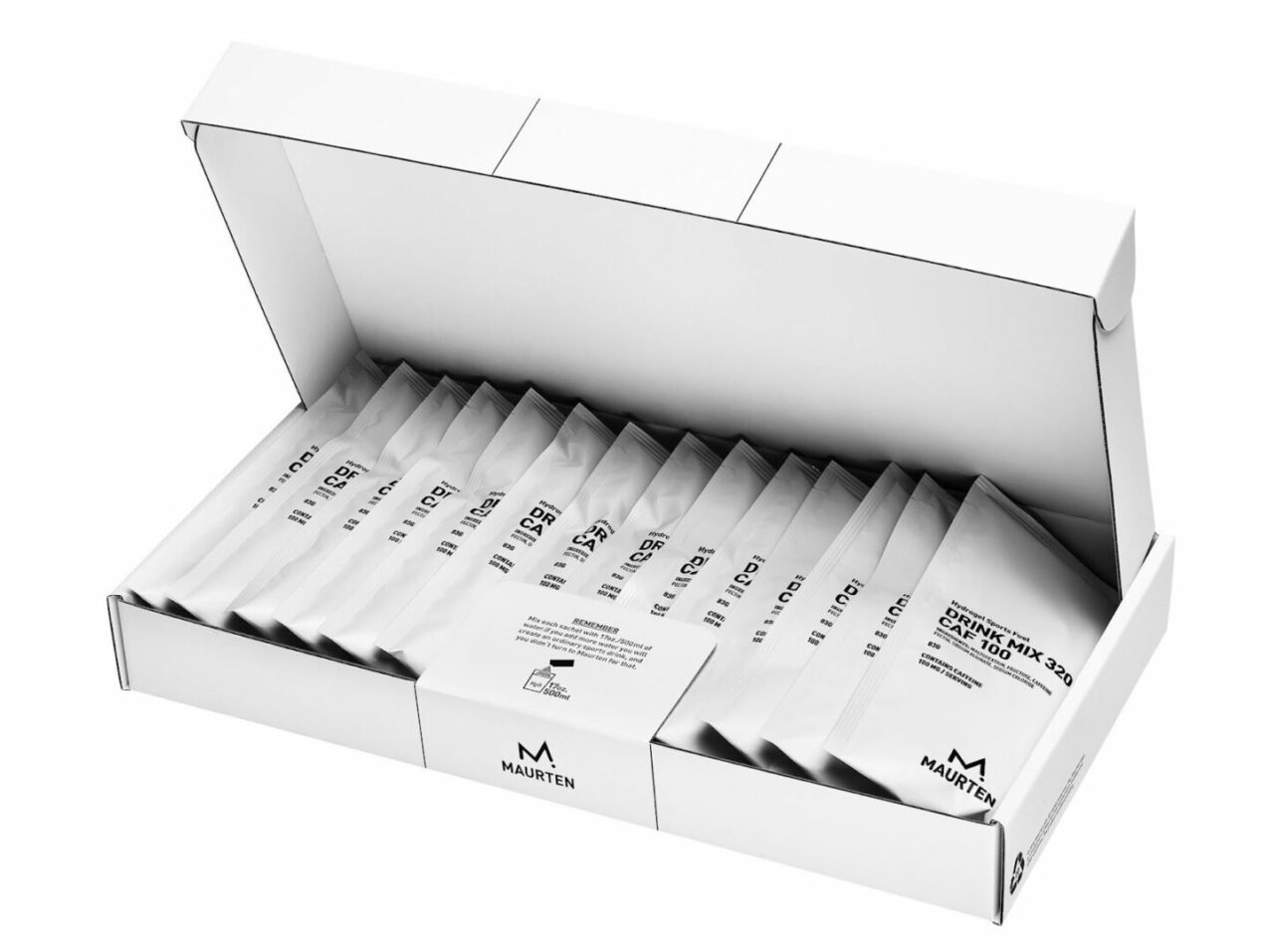
Powdered energy drinks, either homemade or store-bought. The store-bought ones are the third most used option after gels and bars because of how convenient their format is (they can be found in sachets or in plastic containers) and due to their added varied carbohydrates. The little sachets are really useful for long distance rides, but you can also fill small plastic bags with the powder from a bigger container. Another option would be buying maltodextrin and fructose in bulk, mixing them with a bit of salt and making your own unsweetened drinks.
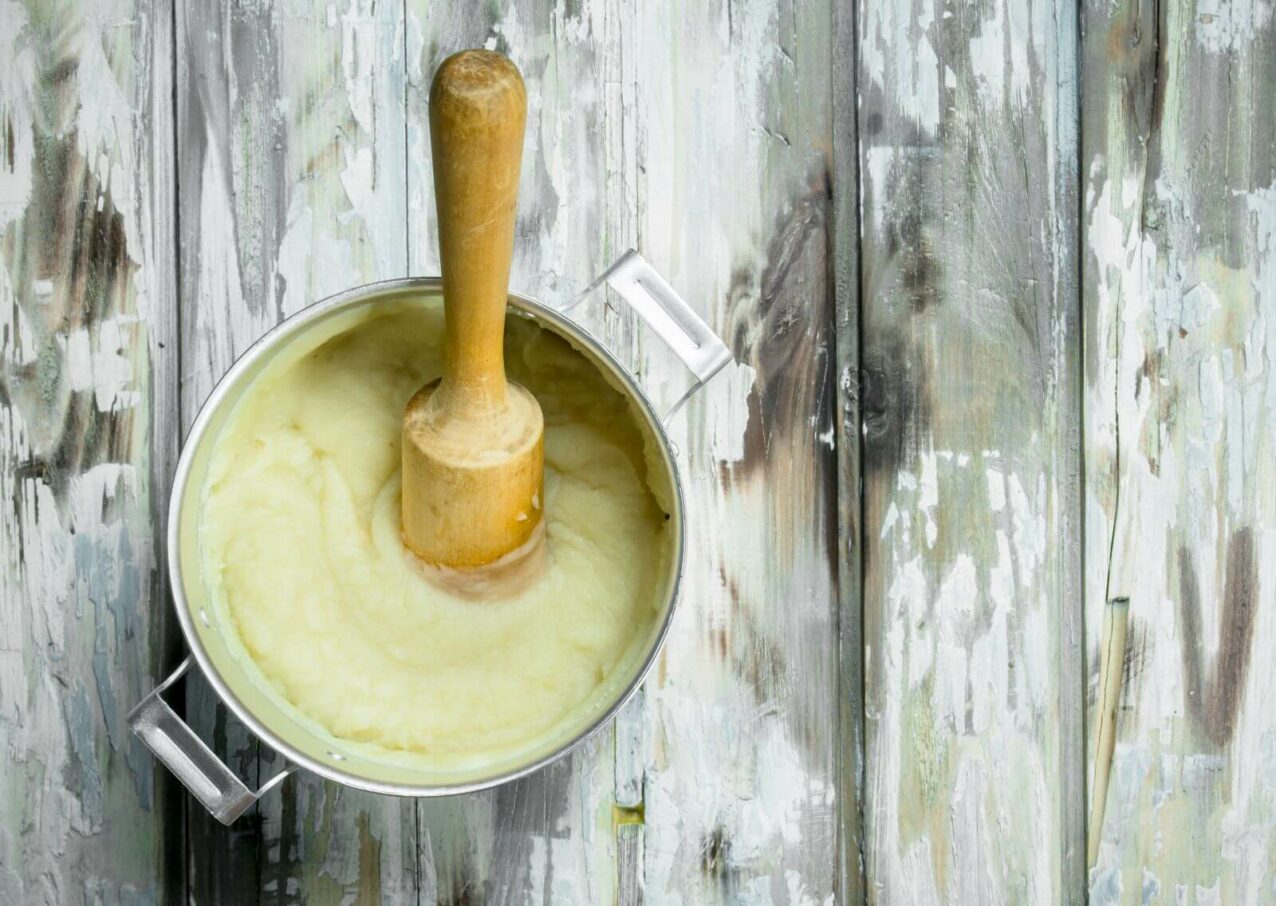
Bananas are the perfect snack to bring with you on a ride because of their nutritional value and their convenient, biodegradable natural “packaging”. If you prefer a gel format instead, just mash a banana and store it in a squeezable pouch, like the ones used for baby food and fruit purées, and there you have it: a banana energy gel. Another option is mashing one boiled potato: just add some of the remaining cooking water to your already mashed potato, just enough for the purée to have a liquid but creamy texture. Then pour it into a squeezable pouch and you’ll have the perfect savory energy gel with the right carbohydrate amount that’s easily digested too. And for all the “cheese addicts”, here’s another alternative: add a few chunks of cream cheese to your mashed banana.
Pitted dates and other dried fruits can be rehydrated and puréed as well.
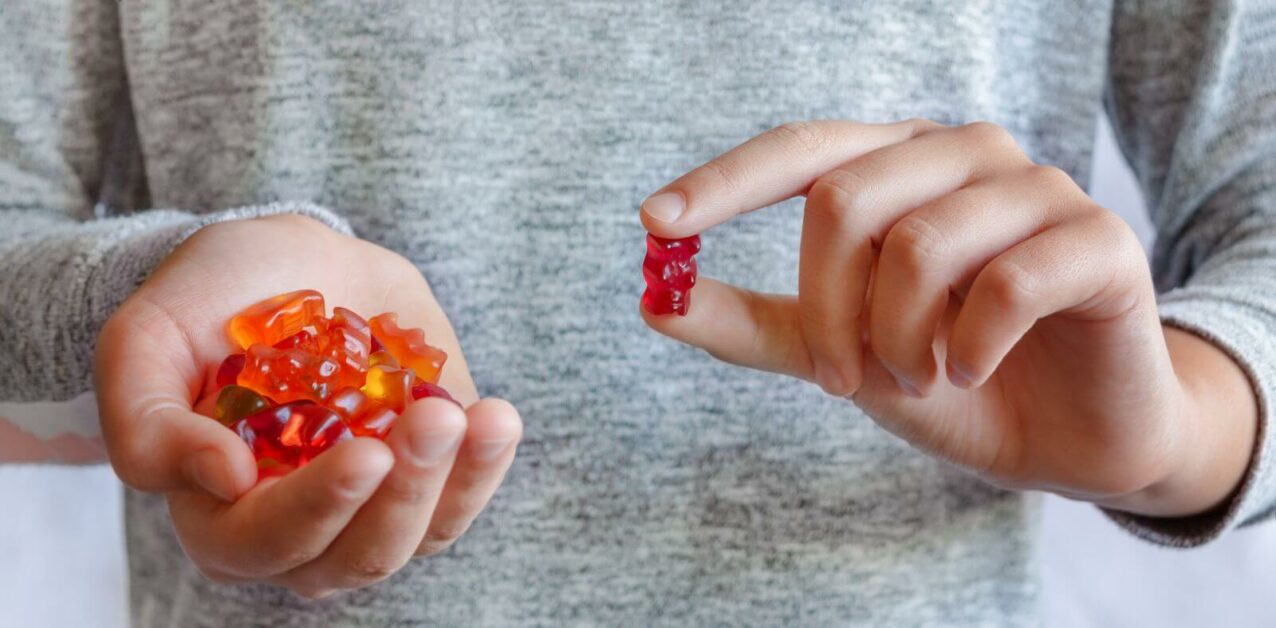
Gummies, soft candy, jelly or any other sweet that can be stored in a small plastic bag, that can be easily chewed and won’t melt are also a good alternative to energy gels.

Peanut or any other nut butter single-serve squeezable packets like these. Compared to energy gels, their carbohydrate amount is not as high, but they are quite convenient. Other options similar to this one are condensed milk or cocoa butters like Nutella in small tubes, honey or maple syrup sachets.
If you’d like options that are not as sweet, aside from mashed potatoes you can also choose veggie purées and smoothies made of fruits or other ingredients.
Energy bar alternatives
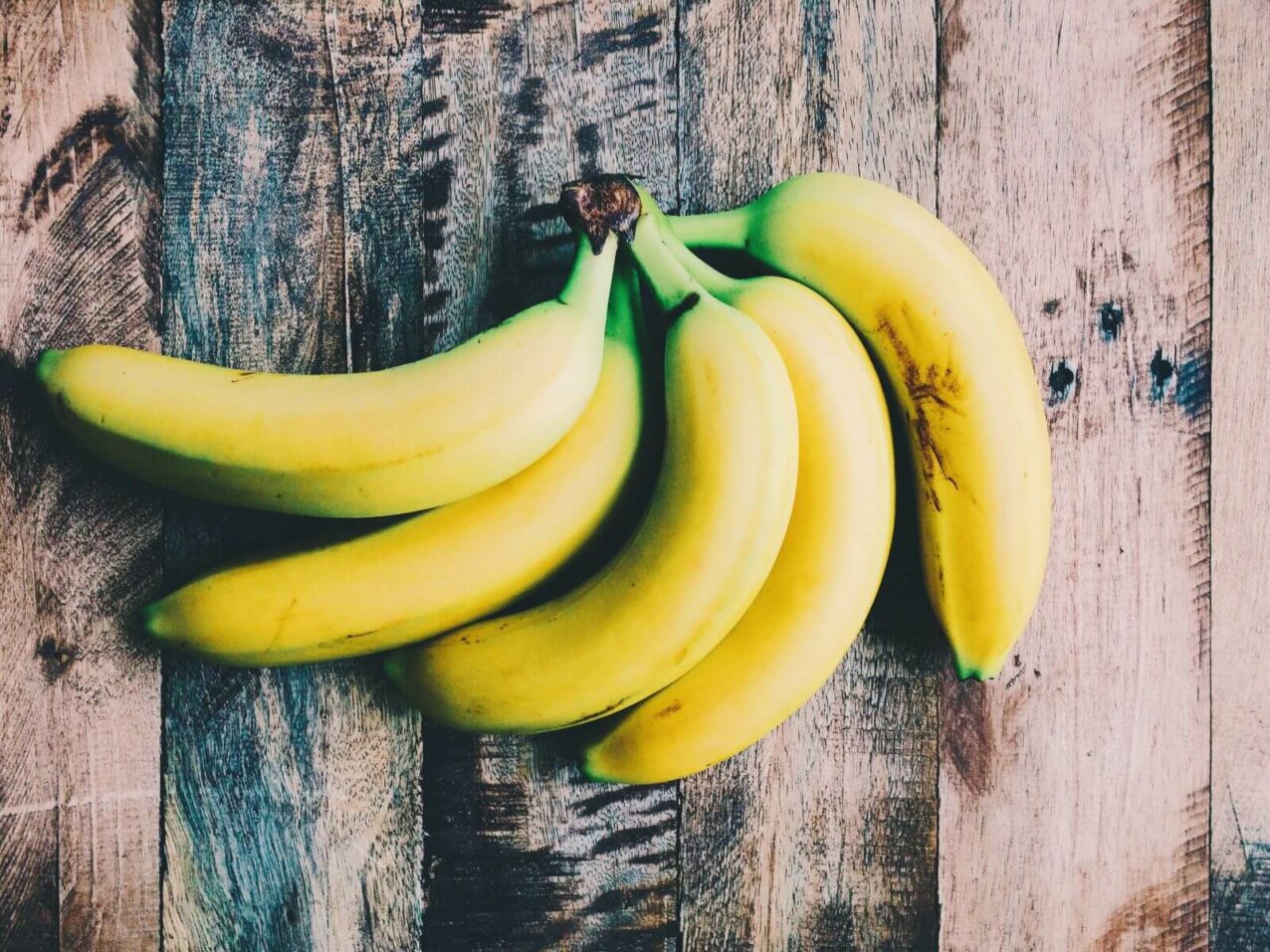
Bananas, pitted dates, dried figs, pitted prunes, raw or toasted nuts… these are all simple and healthy foods which you can eat either unprocessed or in a form of a bar instead, using recipes like the one you can find here or these ones. Use plastic bags to carry them with you if you do intend to eat them unprocessed. You can also carry sliced boiled potatoes.
Nutrition wise, rice cakes are an interesting option as well. This is why they are a staple in every professional cyclist’s feed bag or musette. Here you can see how to make the standard version (either sweet or savory) and how to pack them to easily eat them while on the bike.
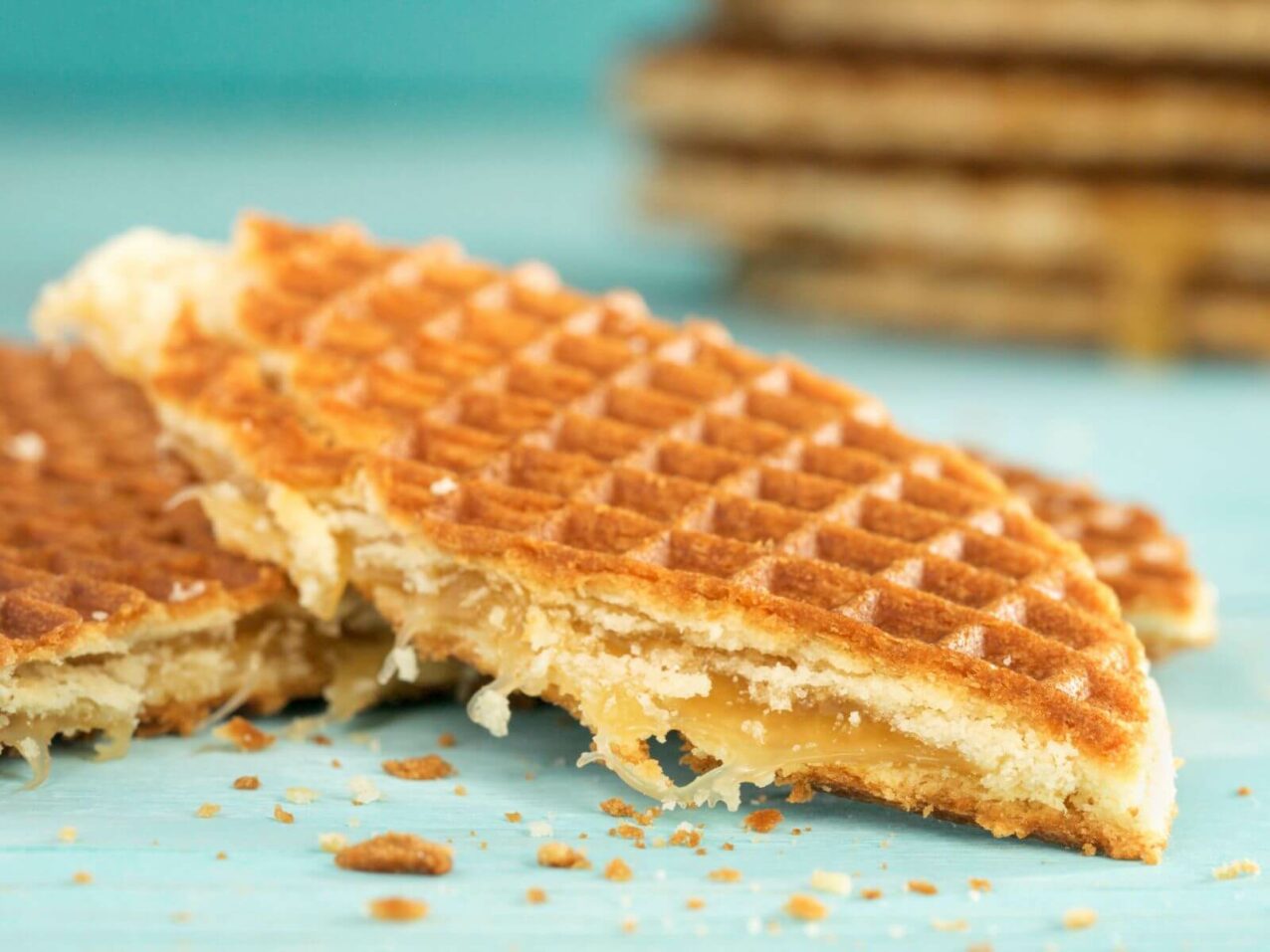
Among sweets, pastries and candy there is a plethora of options, either homemade or store-bought, even though most of them are actually not very “healthy”: P&B sandwiches, stroopwafels, waffles, chocolate bars (Snickers, KitKat, Mars, Bounty), cookies, etc. Make sure that whatever you choose is easy to chew and digest. The higher amounts of fat, protein and fiber they have, the slower the digestion and the carbohydrate absorption will be, which may lead to an upset stomach. Take into account high temperatures (from both your surroundings and the heat your body generates while cycling) and avoid snacks that can melt or soften too much if you keep them in your jersey.
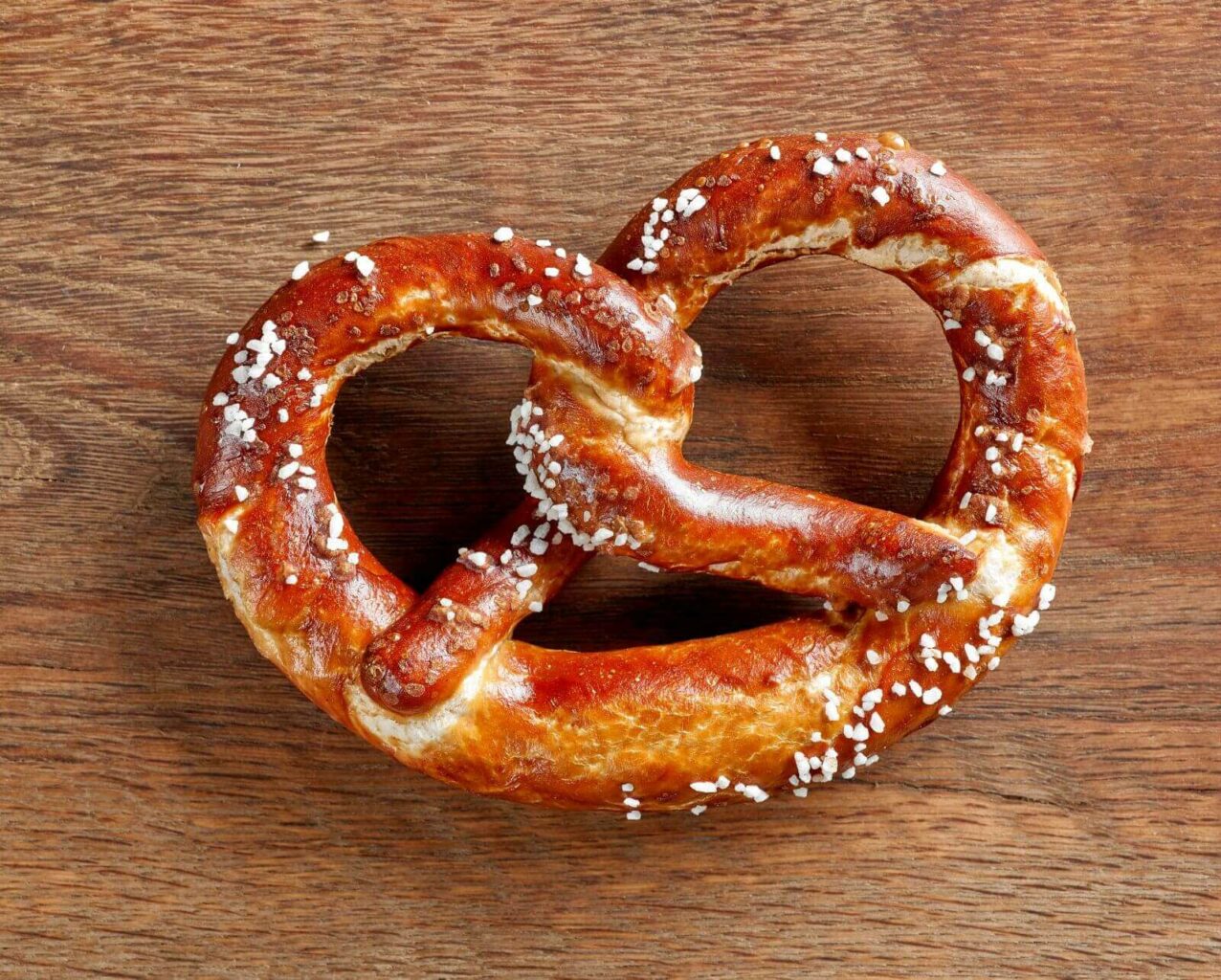
Savory foods such as a turkey, ham and/or cheese sandwich, pretzels, salt crackers, meat sticks, dry meats, cheese snacks (Babybel, snacking cheese portions, cheddar cut in chunks) or even a properly wrapped stuffed corn tortilla could work. Just as with sweet foods, not everything is a good option for cycling. Yes, we are burning calories and can use that as an excuse, but you have to choose your foods well and in moderation. Make sure you can digest and eat them easily, be careful so that they don’t melt and if they are not wrapped, you have to pack them properly with aluminum foil or plastic wrap to avoid getting food all over your jersey.
Surely there are as many options as cultures surrounding food are all over the world. And if we take into account personal tastes, allergies or food intolerances, as well as each cyclist’s own knowledge of what’s good and bad for them, the only way to know if an energy bar, gel or any of the alternatives works for you is to try it yourself. Just make sure you do not choose an important event to try something out for the first time. Train your digestive system beforehand and keep in mind that most of the options here are not recommended for big sport events or competitions. When intensity, speed and pressure is part of the game, gels and bars are the best option you have and top any other of these alternatives.
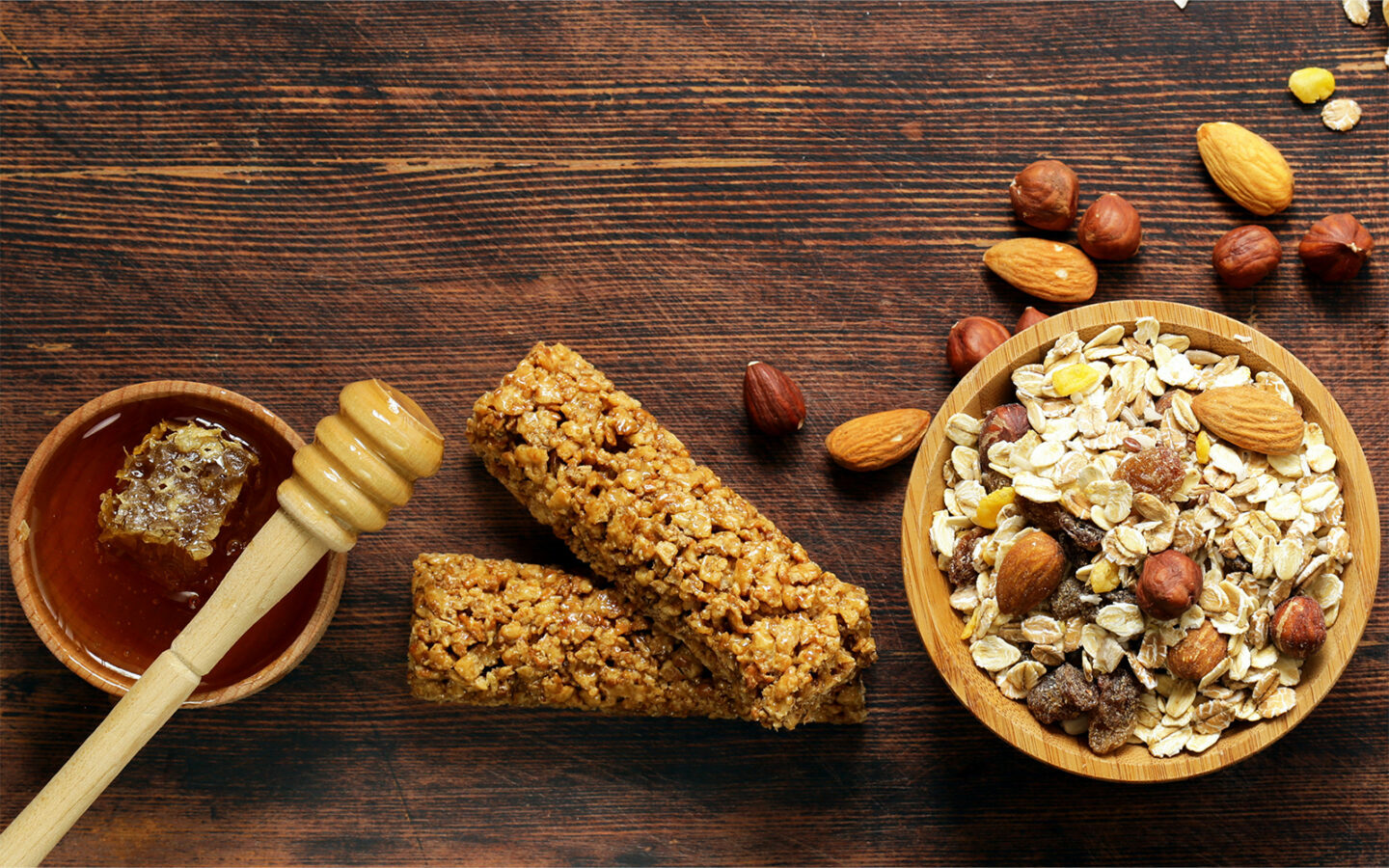
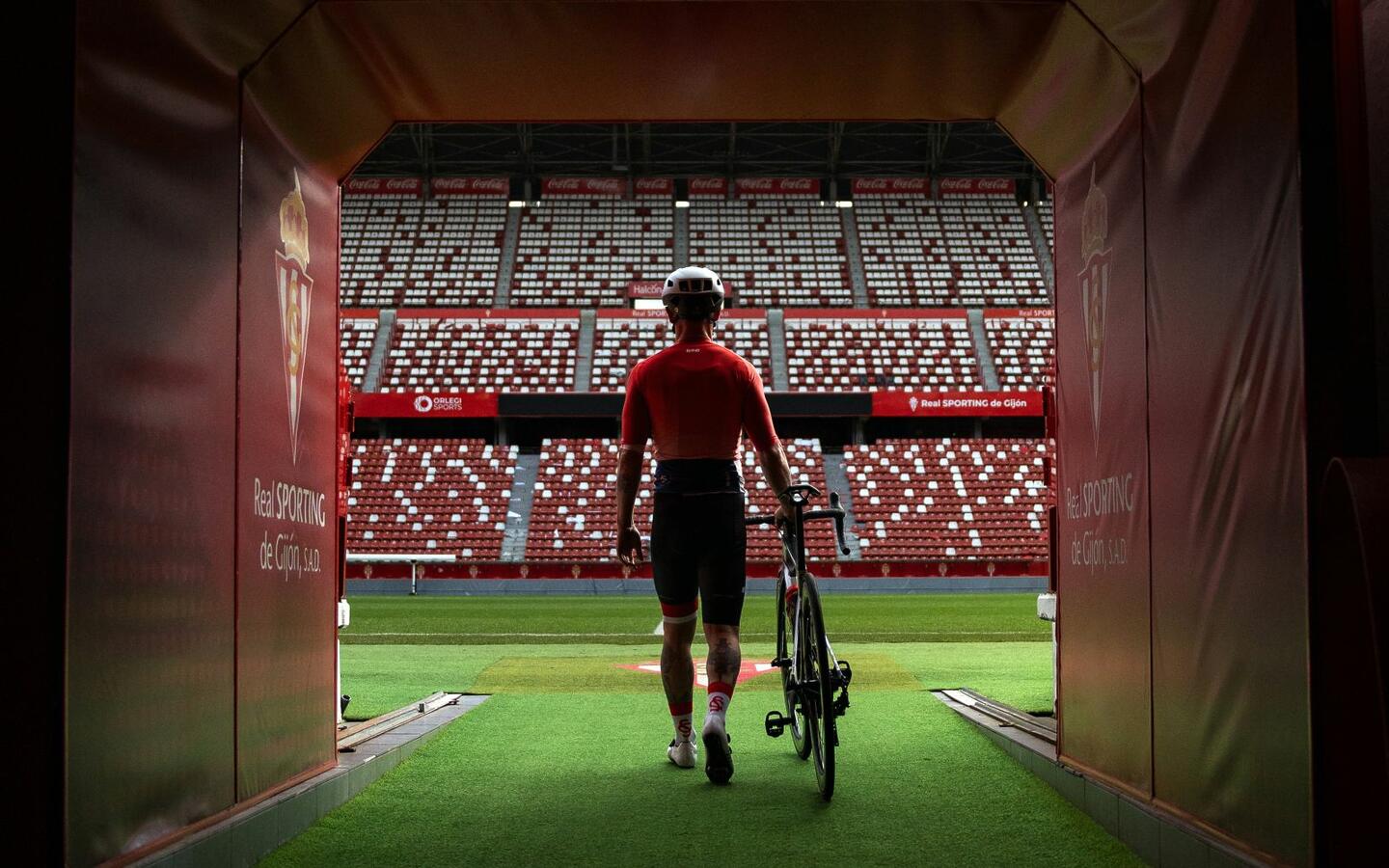

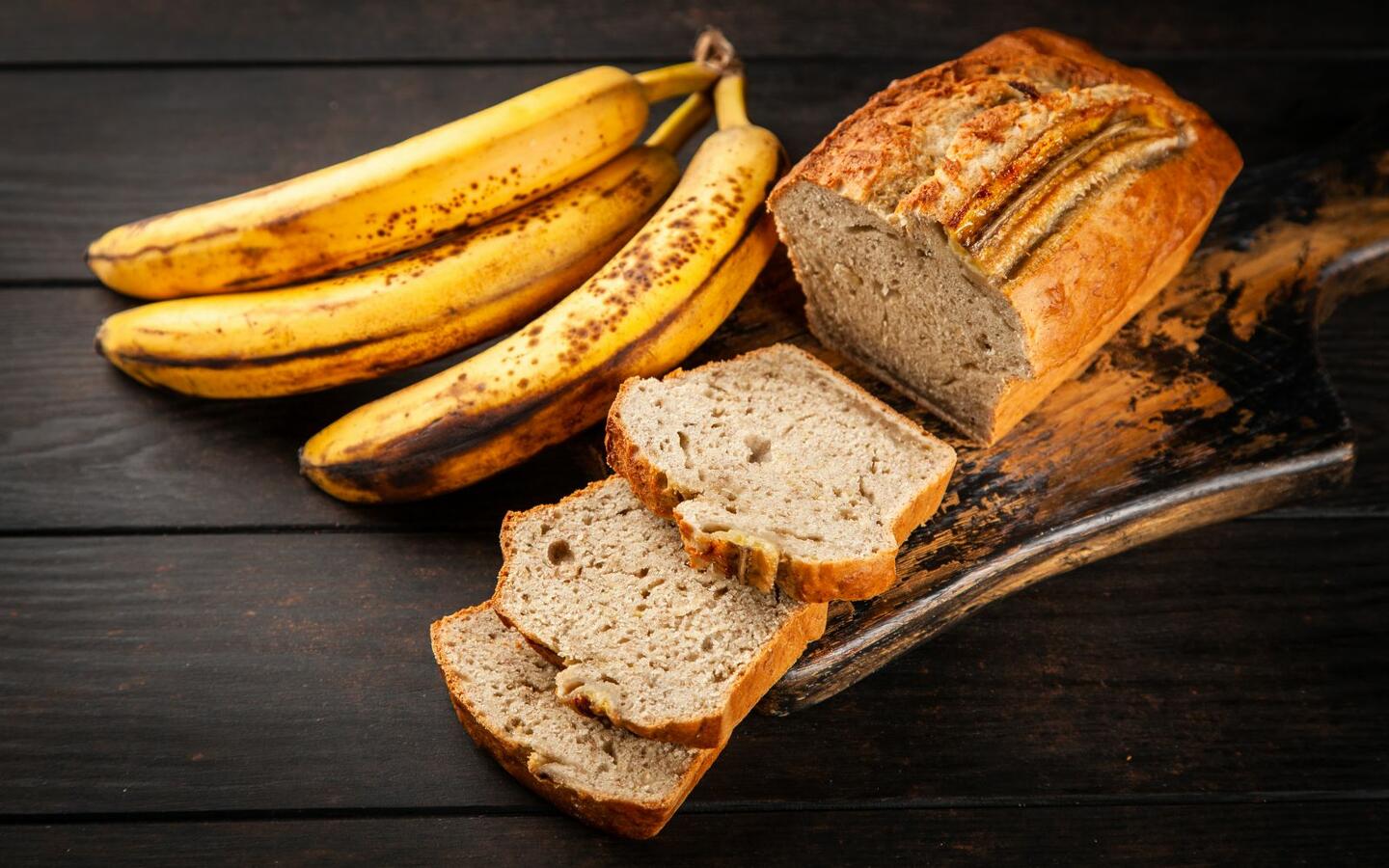

Pingback: Best Energy Gel for Cycling - eBikeAI